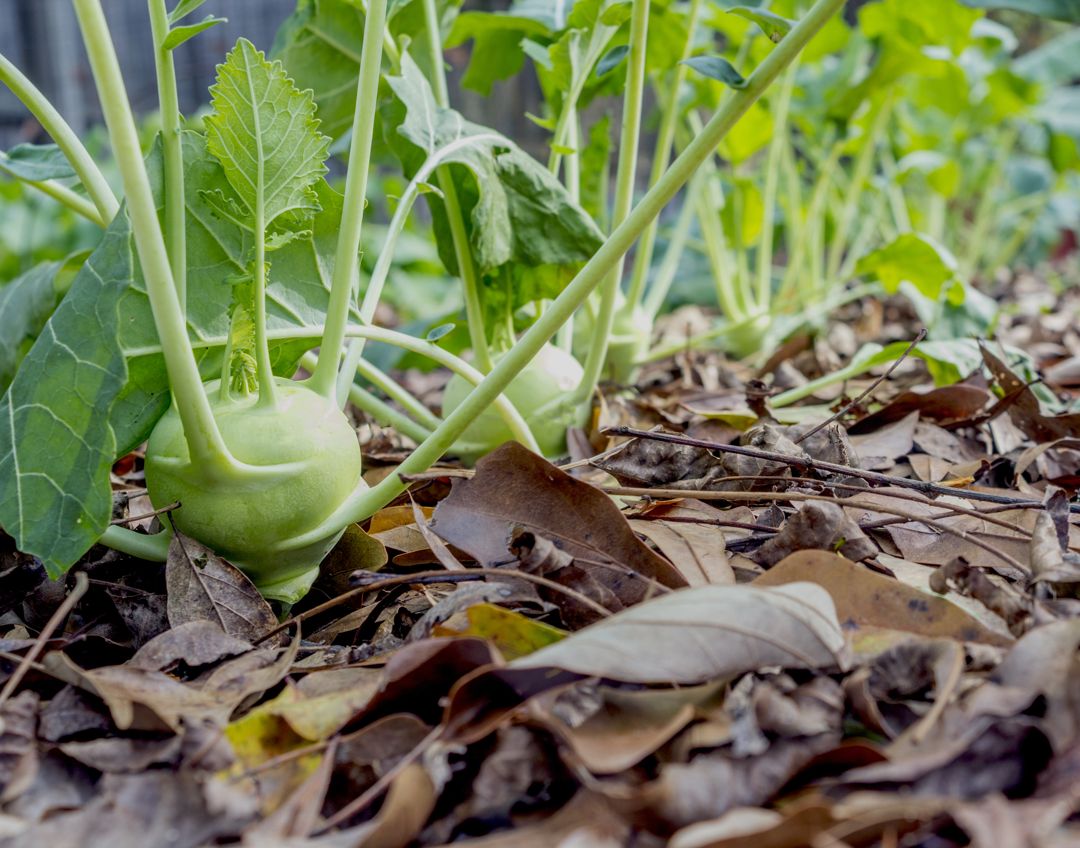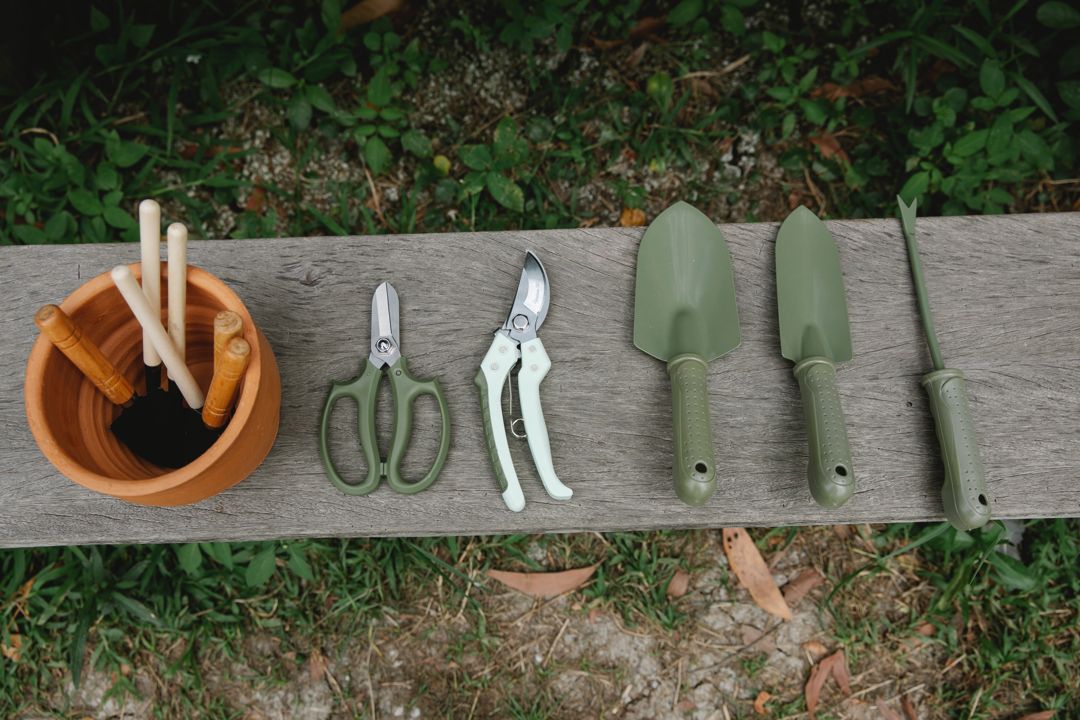Don’t let shorter days and crisp fall weather deter you from getting out in the garden! There’s almost as much to be done in the garden in fall as there is in spring. While gardening in the fall might not have the ‘new and shiny’ feeling that gardening in spring does, every garden chore you manage to get done in the fall will help make your garden even more successful next year!
Clear out spent plants
It’s tempting to leave dead plants in the ground to be dealt with next spring. After all, isn’t it good to provide shelter for all those overwintering critters? When it comes to the veggie garden, it’s best to clear away all the dead and dying plant debris before winter as leaving it laying in the garden bed can harbor diseases and unwanted insects. Spent plants can be added to the compost pile, although you might want to exercise caution with diseased plants. If your compost pile doesn’t ‘heat up’ properly, the diseases won’t be killed off in the composting process and could spread to next year’s plants.

Tackle those weeds
When your garden is no longer filled to the gills with growing plants, the empty space gives weeds an opportunity to creep in. You might be inclined to ignore the weeds if you aren’t actively growing many crops, but if you leave them for spring they might drop more seeds or continue to grow and spread. Clear your garden of weeds before winter hits, so you can start off with a clean slate in spring.
Protect your plants
As the nights get frosty, you can extend your harvests by using season extension techniques- covering your plants so they can survive into fall (and even winter!) as long as possible. For perennial plants and trees, you may want to consider surrounding them with chicken wire to protect them from rabbits and deer that could come for a nibble over winter. Some plants can tolerate being overwintered indoors, so if you have a super-special plant that you really want to save you can potentially dig it up- look into instructions for overwintering that specific plant.
Plant garlic (for a crop next year)
One of the crops you should plant in the fall is garlic, for harvesting next year. Garlic sets can be purchased from garden centers, local farms, or online; hardneck varieties do best in colder climates whereas softneck varieties are suited for warmer climates. Separate out the largest, healthiest cloves and plant them roughly 3-4 weeks before the ground starts to freeze completely (check the How to Grow information in Planter for spacing and planting details!) You don’t want to plant too early, as the garlic could sprout and start trying to grow before winter. But if you plant too late the garlic will not have time to develop a healthy root system to survive winter.
Amend your soil
Fall is an excellent time to add some soil amendments, as it gives time for them to work into the soil and become available for next year’s plants. You might want to do a soil test before adding any amendments to know if you need to adjust the soil PH or adjust specific nutrients. Amendments such as compost, manure, and elements to raise or lower PH can be added in the fall, but do not apply nitrogen-rich fertilizer- nitrogen is prone to being leached away over the winter and can inadvertently stimulate a flush of growth on perennial plants that will get killed off in cold weather.
Add a fresh layer of mulch
Applying mulch to your garden in the fall helps to prevent soil erosion over the winter and provides food for the soil life that your garden needs to flourish. Plus, in the fall you’re likely to find lots of mulch readily available in the form of fallen tree leaves!

Show your garden tools some love
Your garden tools have served you well through the whole growing season- fall is an opportune time to show them some love. Wash, disinfect, and dry tools thoroughly. Sharpen any tools that need to be sharpening and apply oil to tools with moving parts. Store your tools in a clean, dry place where they’ll be ready to go for the spring!

Plan and build for next year’s garden
Most of us start dreaming and planning for next year’s garden in winter. But fall is the ideal time to use Planter to start planning your garden for next year! The challenges and successes of the current season will be fresh in your mind to incorporate into your upcoming year’s plans. You can even start building garden structures such as raised beds and trellises. If you get these structures built in fall you’ll have them at the ready for early spring planting. Bear in mind that the structures could shift around a bit over winter; if possible, store them in a garage or shed for a quick set-up come spring.
It’s easy to just abandon your garden in fall and wait for the next garden season. But taking care of these fall garden chores will help get your garden off to a good start next year (and keep your existing plants going just that little bit longer). So don’t hide inside this fall…pick a sunny, warm(ish) day and get out in the garden!